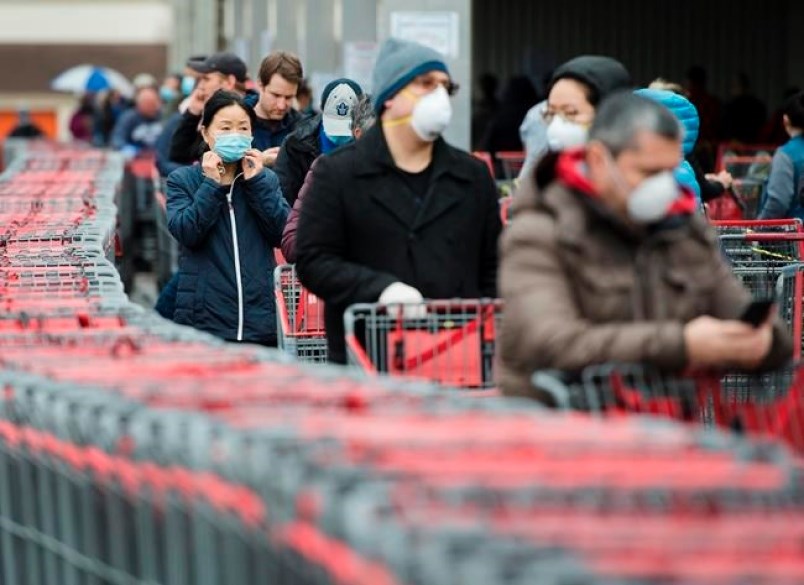As with the national picture, B.C. retail spending was pinched in May as more stringent public health measures employed during the pandemic’s third wave likely slowed broader retail demand for much of the month.
B.C. entered the first stage of the Restart Plan on May 25, which allowed for increased organized gatherings, indoor restaurant dining and other measures that likely provided increased support.
Retail spending in the province fell 1.4 per cent from April to nearly $8.19 billion but compared with a national decline of 2.1 per cent and outperformed most other provinces.
Saskatchewan, with a 1.7 per cent increase in May from a month earlier, and Manitoba, which registered a narrow 0.3 per cent increase from April, led the West. Alberta experienced a month-over-month decline of 1.6 per cent, according to Statistics Canada.
On a year-over-year basis, B.C. sales remained stellar at 26.7 per cent while sales were 11.5 per cent above pre-pandemic February 2020. Metro Vancouver sales rose 34.5 per cent year-over-year. Base-year effects of early pandemic declines remained a factor but waned.
Based on Central 1 adjustments for seasonal factors, sales broadly eased across store segments from April. The sharpest pullback was observed in building materials, gardening and equipment stores which declined about 9 per cent. This could reflect the general peak in the housing sales cycle in March, while high costs of lumber prices may also be pushing more home renovators to delay projects. Sales were still 26 per cent ahead of year-ago levels. Clothing sales fell for the first time since December (12 per cent) as more businesses pivoted back to work from home. While more than double a year ago, levels were 15 per cent below February 2020. In other notable shifts, food and beverage sales fell 3.7 per cent and gas sales fell 7 per cent, while electronics and appliance stores posted growth.
Current relaxation of social and economic restrictions will likely shift consumption patterns and retail sales activity in varying directions through the second half of this year.
Meanwhile, expect softening housing activity and declining lumber prices to cut into materials and renovation-related sales. Continued health fears will likely prop up vehicle demand, while supply chain disruptions lift prices. Return to offices and relaxed social restrictions continue to push clothing sales to recovery. While a bump is expected for June, the overall sales trend will likely ease through the second half.
International tourism to Canada is set to resume in coming weeks as entry restrictions are eased. Fully vaccinated American citizens and permanent residents will be welcomed into the country for discretionary travel on August 9 without quarantine requirements, while overseas tourists will likely be permitted entry in September. Tourism and ancillary sectors are poised to benefit from the additional inflow of visitors to the country. Coupled with elevated domestic tourism due to global travel restrictions still in place, Vancouver and the rest of the province should expect much improved performance in the coming months.
That said, international tourism has a long way to go to approaching normal. The latest international tourism numbers available are for May, when severe restrictions remained in place for discretionary visits. Total tourist visits came in at 10,447 persons (seasonally adjusted), which more than doubled same-month 2020, but were down more than 96 per cent from February 2020. As international flights are routed through four major Canadian airports, these figures inflate inflows to B.C. Tourism will pick up late in the third and through the fourth quarters, but a full rebound is likely a year away. Full vaccinations will likely be an ongoing requirement, which will limit the number of potential entries, particularly from key overseas markets in Asia where vaccinations remain very low. The Delta variant poses a downside risk to the tourism outlook.
- Bryan Yu is chief economist at Central 1 Credit Union, Vancouver.



